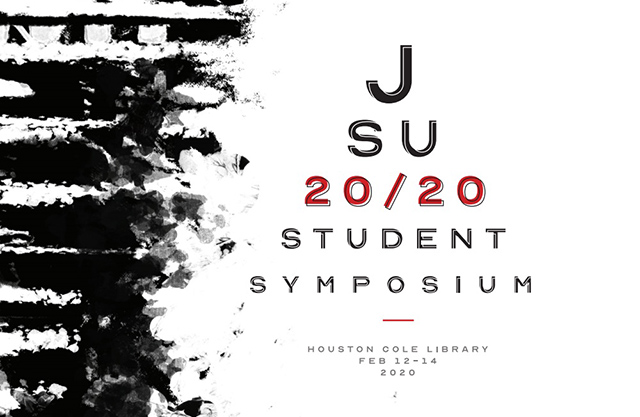

Date
2-14-2020
Faculty Mentor
Heidi Dempsey, Psychology
Loading...
Files
Download (99.7 MB)
Submission Type
Paper
Location
Houston Cole Library, 11th Floor | 9:15-9:25 a.m.
Description
Impulsivity has been defined as a swift action without any previous consideration or reflection (Rogers et al., 2010), or to act with less consideration than individuals of equal ability. In clinical psychology, impulsivity can often be an important aspect in diagnosing psychological disorders. In psychiatry, the manifestation of impulsive behavior has been evident in patients with personality disorders, attention deficit hyperactivity disorder, obsessive-compulsive disorder, and substance abuse disorders.
The Barret Impulsivity Scale (BIS) has been a commonly used self-report measure of impulsivity in both research and clinical settings (Stanford et al., 2009). In the academic setting, the BIS has been used to measure various domains of functioning (e.g., cognitive, behavioral, emotional, etc.) among students.
Green and Myerson (2001) expanded the research in perspective to outcomes of delay discounting. They found that both measures are multifactual in respect to each other, indicating different interpretations from both indicators. In the current study, we are examining whether impulsivity is a predicted measure of delay discounting using the BIS and the Kirby Choice Monetary Questionnaire (Kirby et al., 1999) to determine (1) probable correlation between both impulsivity and delay discounting tasks, and (2) whether both measures verify similar constructs. Participants were 760 undergraduate students from a regional, public university with all data collected. Students were given an assessment choosing a preference of smaller, immediate rewards over delayed larger rewards. These were arranged on a modified scale using k values for small, medium, and larger monetary rewards. Those records were then compared to the responses of the BIS by assessing dispositions of attention, motor, and non-planning impulsiveness. Student choices were used to plot a curve and the area under the curve was used to estimate degree of discounting for each monetary value. (Myerson, Green, & Warusawitharana, 2001). With regard to the first research question, we found no relationship between the BIS and the Kirby Monetary Choice Questionnaire, although different measures of delay discounting were highly inter-correlated. However, there was a correlation in regard to procrastination, which may indicate both measures determining different constructs.
Keywords
student presentations, student papers, impulsivity, impulse control
Rights
This video is the property of Jacksonville State University and is intended for non-commercial use. Video and images may be copied for personal use, research, teaching or any "fair use" as defined by copyright law. Users are asked to acknowledge Jacksonville State University. For more information, please contact digitalcommons@jsu.edu.
Disciplines
Applied Behavior Analysis | Cognitive Psychology
Recommended Citation
Rock, Emmanuel, "Identification of Delay Discounting and Associated Measures of Impulsive Behavior" (2020). JSU Student Symposium 2020. 43.
https://digitalcommons.jsu.edu/ce_jsustudentsymp_2020/43



Presentation Information
Rock, E. (2020, 14 February). Identification of delay discounting and associated measures of impulsive behavior. Paper presented at the 2020 JSU Student Symposium, Jacksonville State University, Jacksonville, AL.